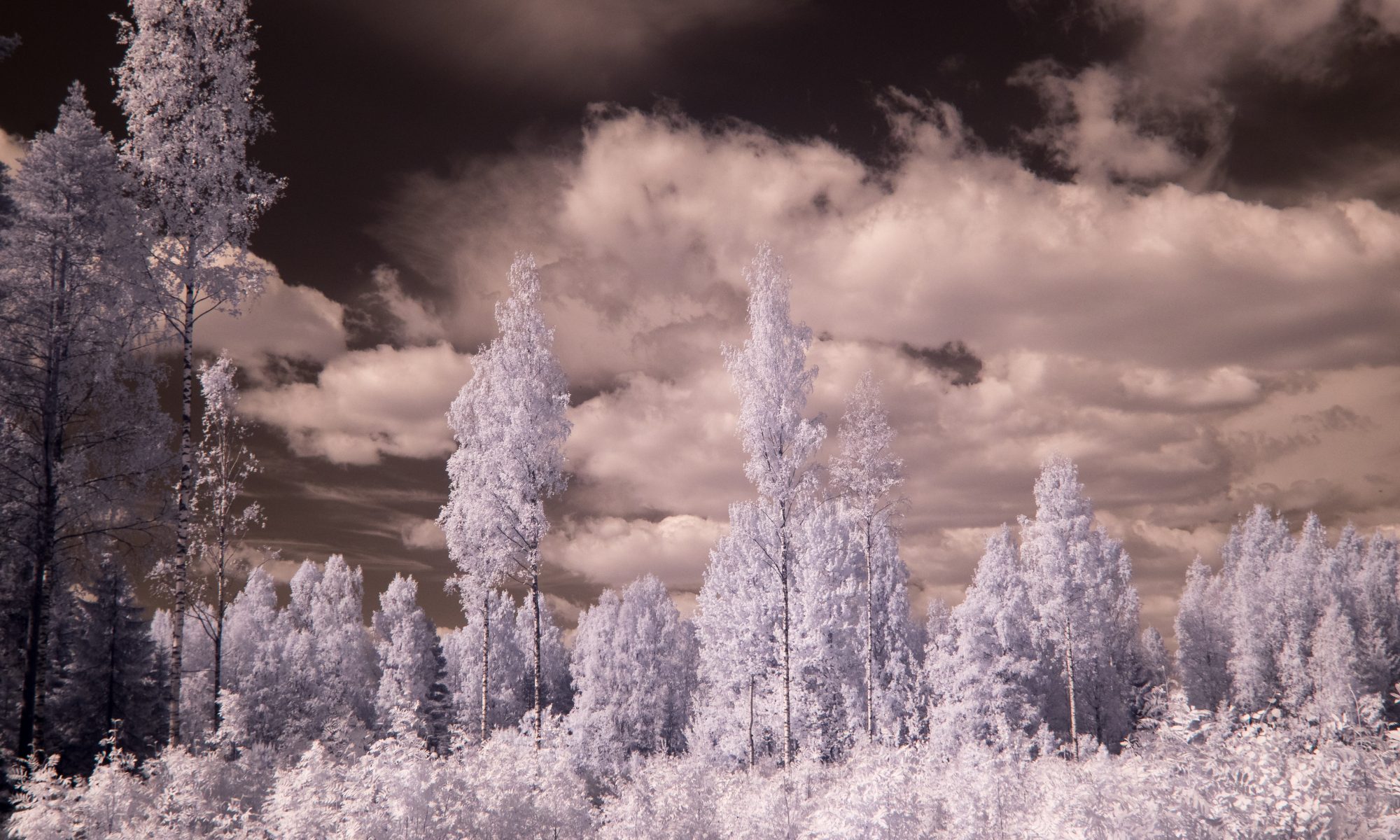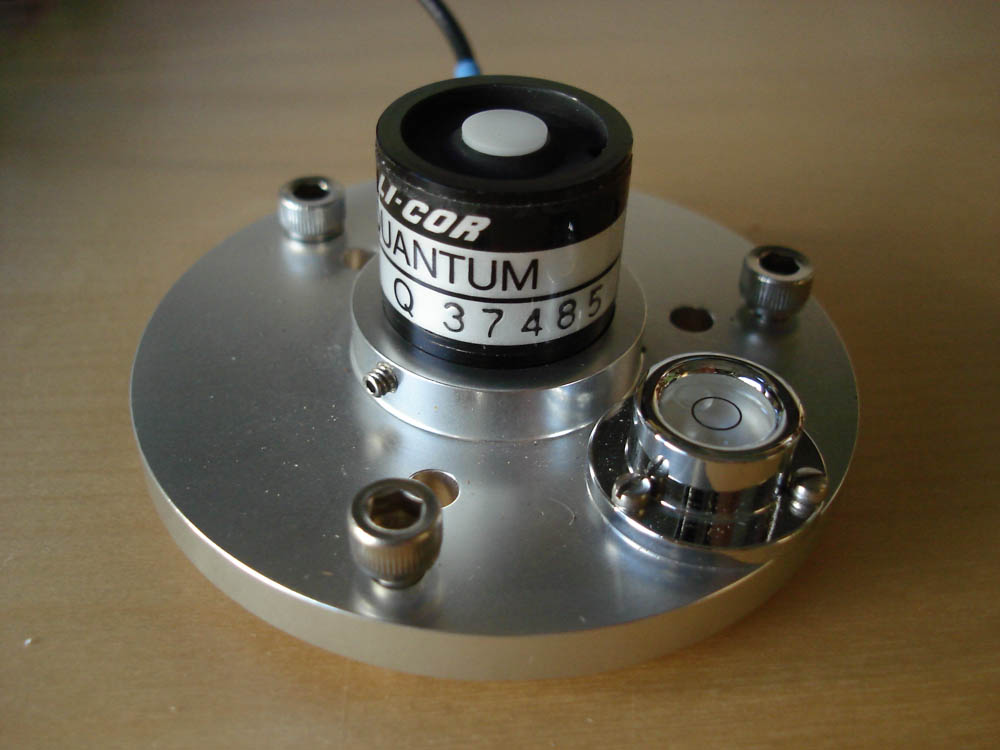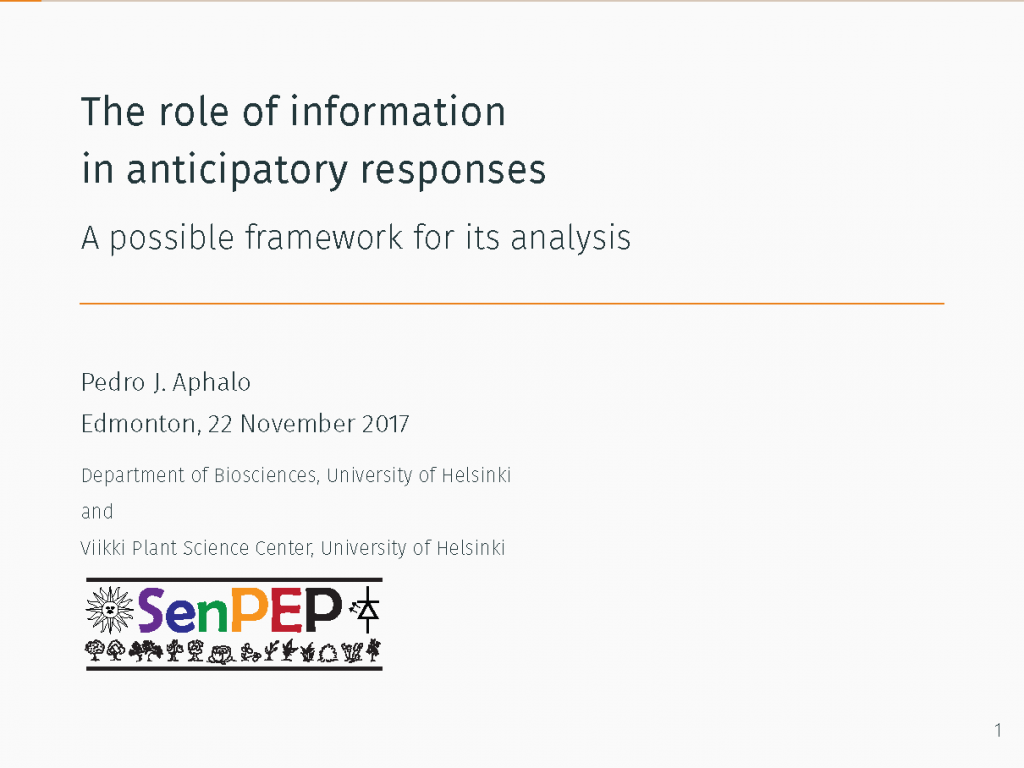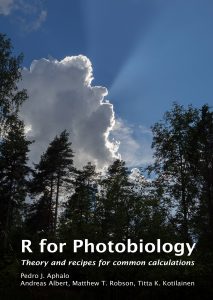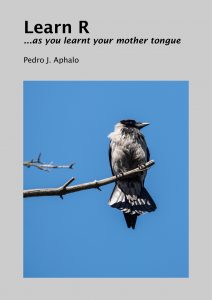What were our findings?
We reported in two recent research papers and an update review, that functional UVR8 is required for the perception by plants of solar UV-radiation with wavelengths shorter than approximately 340 nm, which includes the whole UV-B band plus the shorter wavelengths in the UV-A band. In sunlight, cryptochromes are required for the perception by plants of blue light and the longer wavelengths within the UV-A band leading to changes in gene expression. In sunlight cryptochrome-mediated signalling is driven mostly by violet and blue light with wavelength longer than 400 nm. In comparison wavelengths between 350 nm and 400 nm of solar radiation seem to play only a minor role in the regulation of gene expression.
This is an important step forward in our understanding of the perception of different wavelengths of sunlight by plants as the former accepted view was that UVR8 is a UV-B photoreceptor that participated only in the perception of UV-B radiation while all wavelengths of UV-A radiation were perceived by cryptochromes and the other UV-A/Blue photoreceptors, phototropins and ZTL.
Continue reading “How did we work out that UVR8 is a solar-UV-B plus UV-A photoreceptor?”
